If you’ve ever noticed clusters of brown mushrooms emerging from woodchips or garden mulch from late spring to early summer, you’ve likely encountered fieldcap mushrooms. These mushrooms grow abundantly in urban areas across North America and are among the most common mushrooms most people encounter. You’ll spot them while walking through parks and landscaped areas growing in woodchips, compost, and garden mulch.
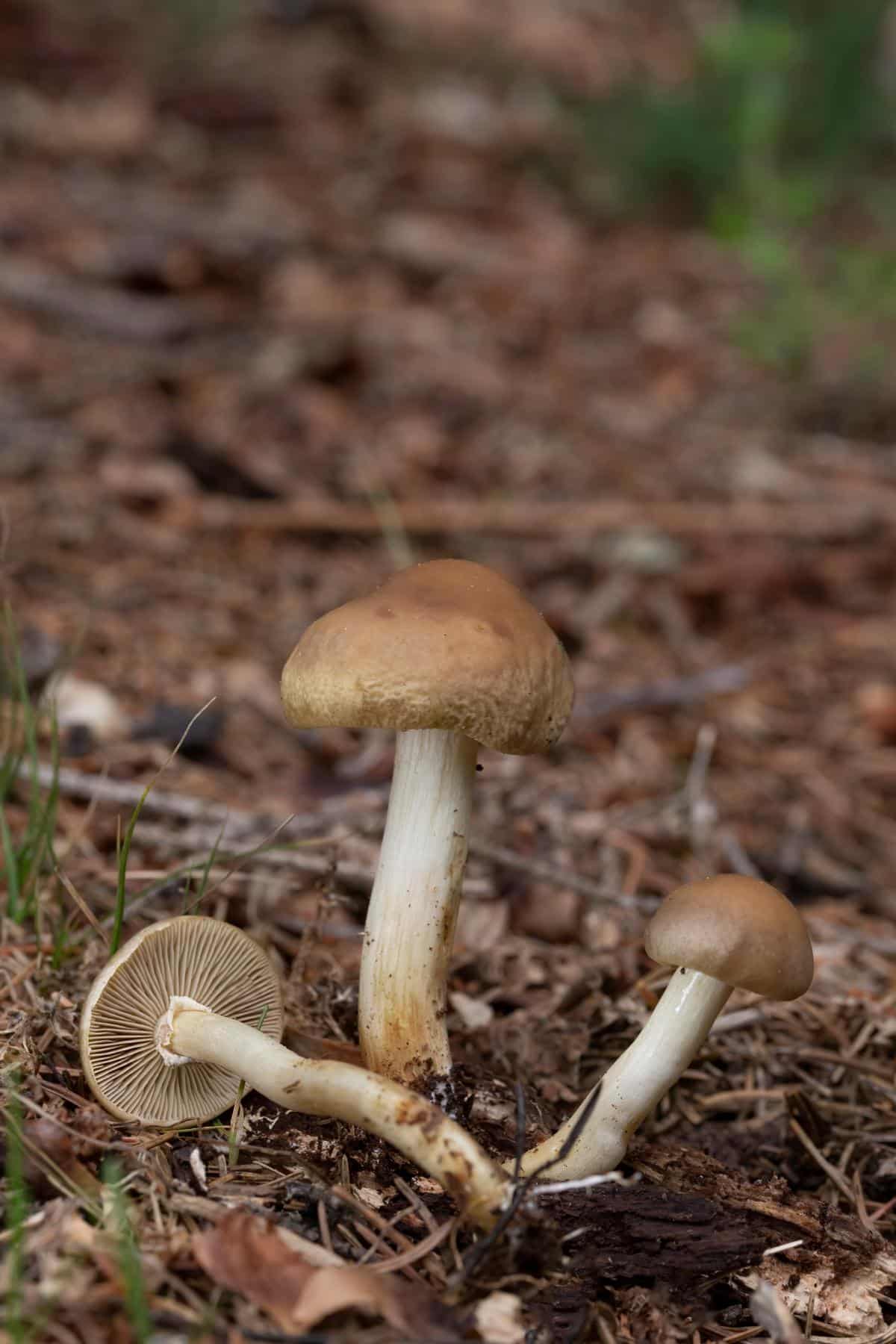
The Agrocybe family contains small to medium mushrooms that grow in grassy areas, mulch, and beside country roads. Agrocybe identification can be tricky since many of the species look alike. They are all rather bland-looking, brown, and smallish.
Some species are edible, but there are few that are particularly valued or widely foraged. If you intend to forage the edible field cap mushrooms, be sure to pay very close attention to the details!
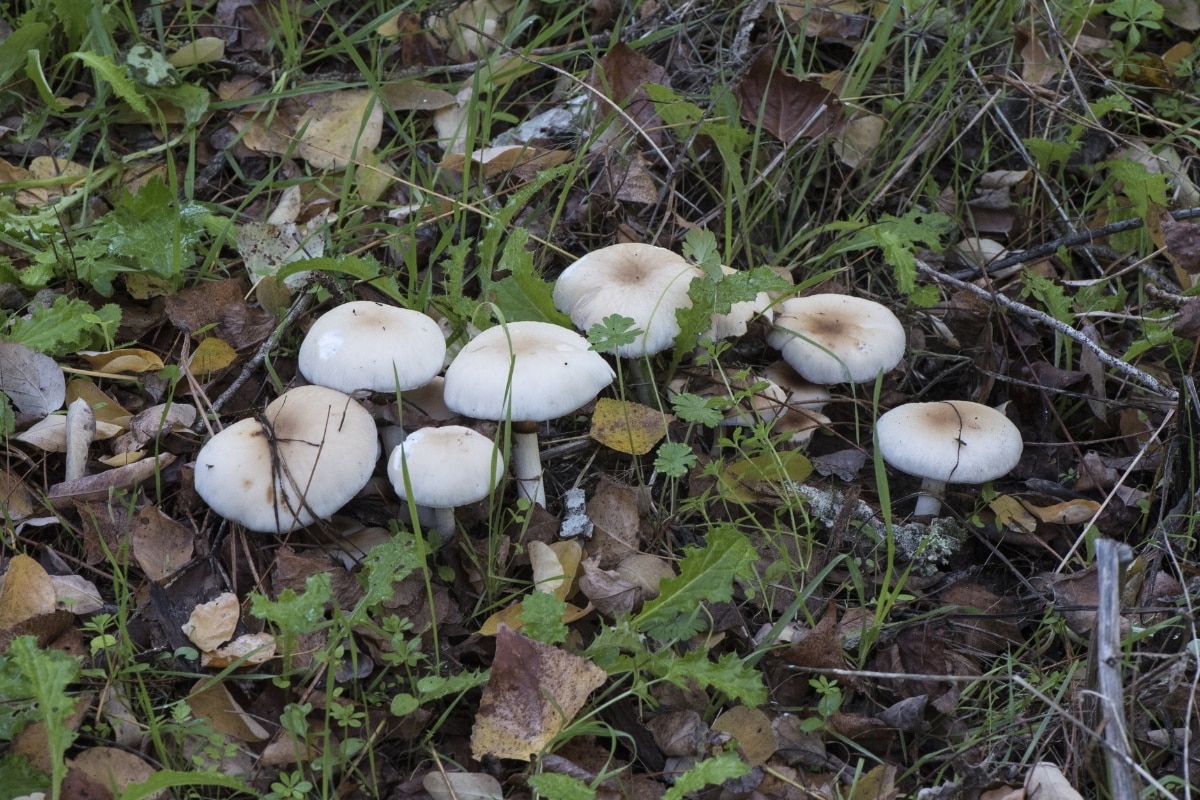
Jump to:
All About Fieldcap Mushrooms
The genus Agrocybe has around 100 mushroom species found worldwide. The prefix of the scientific name, Agro-, means “of fields” while -cybe means “head” or “cap.”
Fieldcap mushrooms are a group of small to medium-sized saprobic fungi that break down organic matter. The common name can be misleading, though, since not all fieldcap mushrooms grow in open fields. The common fieldcap (Agrocybe pediades) does grow on lawns, pastures, and grassy parklands. However, many related species prefer woodland settings or urban mulch beds.
Agrocybe caps usually grow 1-3 inches across and grow larger with age. The caps are usually bell-shaped when they’re young, but they morph into almost flat with age. The gills begin pale, often whitish or cream, and darken to brown as the spores mature. Many species grow a partial veil that leaves either a ring on the stem or fragments along the cap’s edge. Fieldcap mushrooms produce brown spore prints.
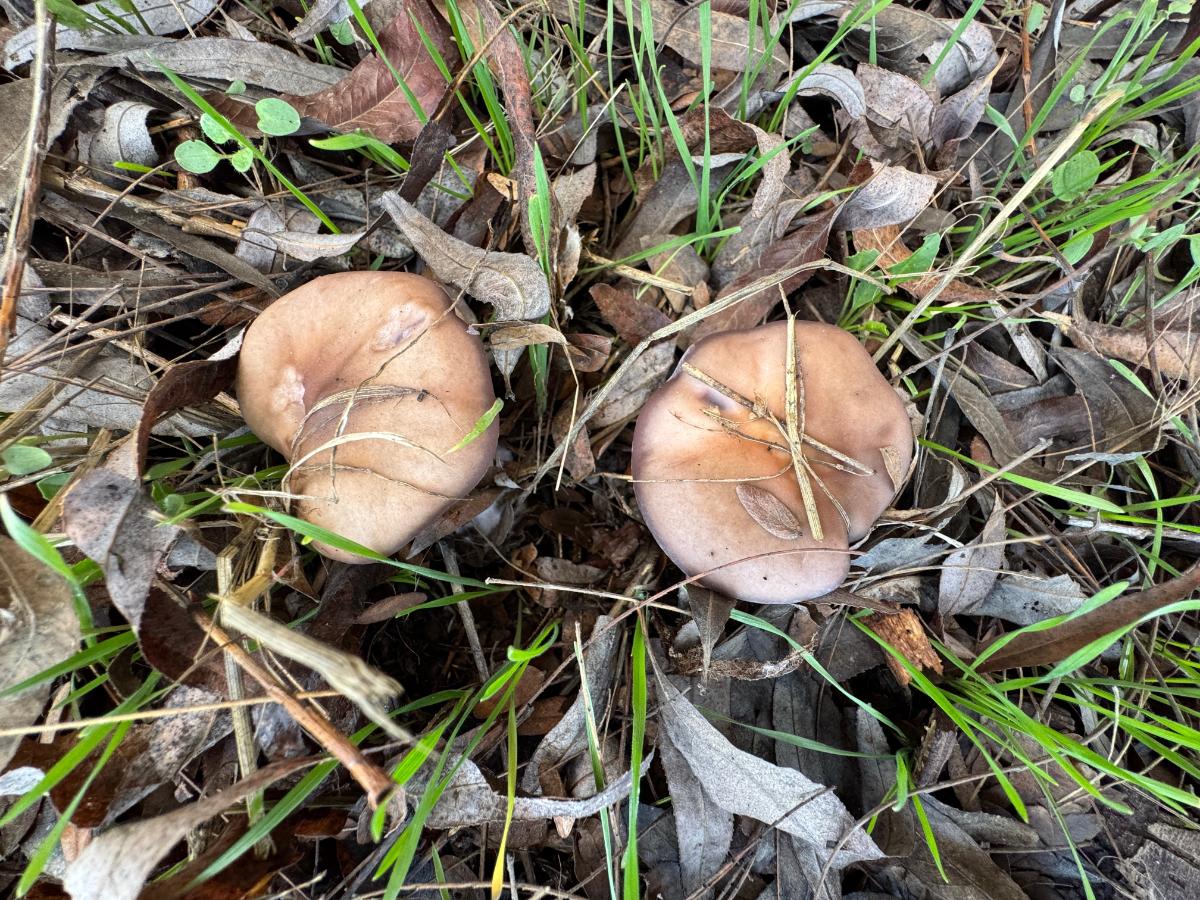
Agrocybe and Cyclocybe
Differentiating Agrocybe and Cyclocybe species is challenging to say the least. They are very similar genus with some small differences. For the average forager/curious mushroomist, getting the identification of either Agrocybe or Cyclocybe is usually enough. Only a few of the species are edible (or recommended for eating).
Recent DNA research discovered that Agrocybe is polyphyletic, meaning these mushrooms are actually scattered across four distinct evolutionary branches. As a result, some former Agrocybe species have been reclassified into the genus Cyclocybe, including the popular edible mushroom formerly known as Agrocybe aegerita (now Cyclocybe aegerita).
Cyclocybe typically contains the larger species from the old Agrocybe group. These have membranous rings and basidiospores with basic or missing germ pores. True Agrocybe species like A. praecox, A. pediades, and A. putaminum stay in the Agrocybe clade.
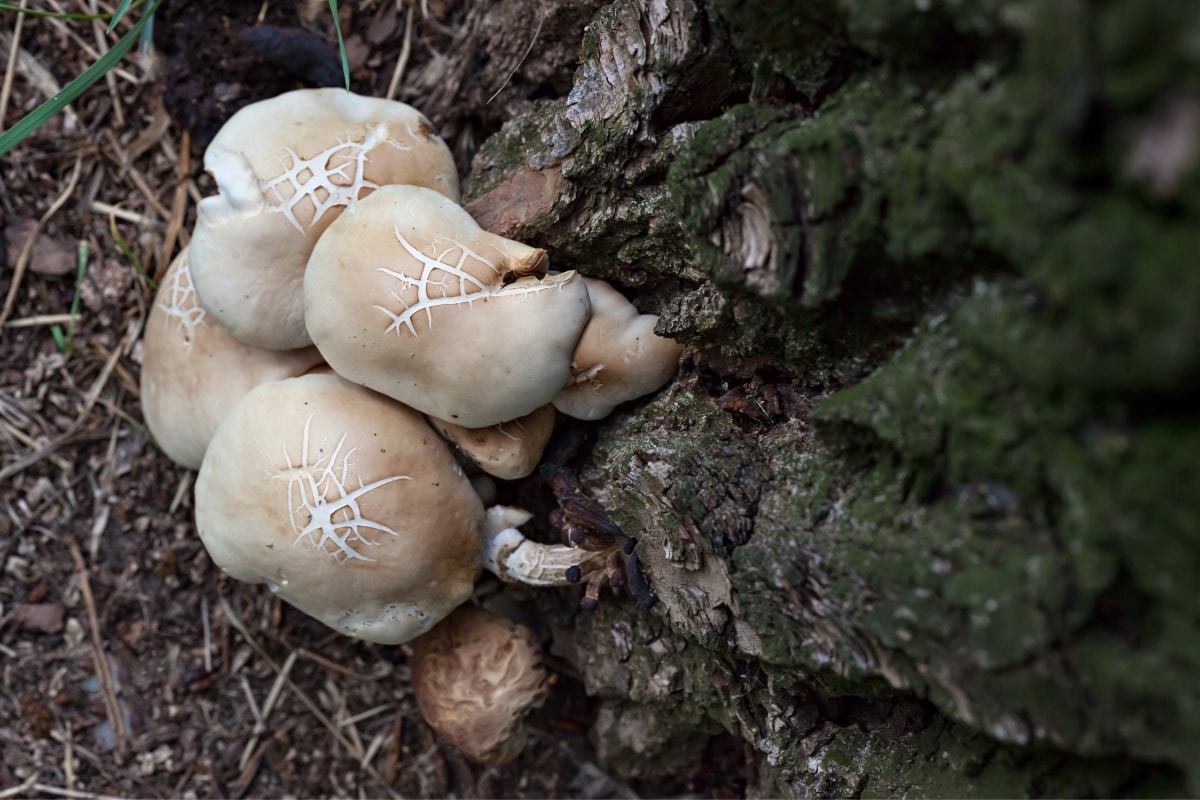
Agrocybe Mushroom Identification
Season
Most species fruit from late spring through early summer. May and June are the peak months for fieldcap mushrooms across many areas.
Several species produce multiple flushes at different times. They might appear all through the growing season when conditions stay good. Yellow fieldcaps often emerge after rain from late spring through summer. The Poplar Fieldcap can grow year-round in the right climate.
Habitat
Agrocybe species show amazing versatility in their habitat preferences. Many fieldcap mushrooms thrive in human-modified environments. They show up all over parks, gardens, and residential areas. The spring fieldcap (Agrocybe praecox) especially loves urban and suburban settings and is one of the most commonly spotted brown mushrooms in landscaped areas. Yellow fieldcaps often emerge from mulched garden beds or lawns.
Other Agrocybe species grow in more natural settings. Agrocybe acericola, for instance, prefers eastern North American woodland environments. The Poplar Fieldcap grows specifically in association with certain trees, namely Poplar and Willow.
You’ll typically find these mushrooms growing gregariously—sometimes alone, other times in impressive clusters. They love disturbed, nutrient-rich environments, and they help break down organic matter and improve soil health.
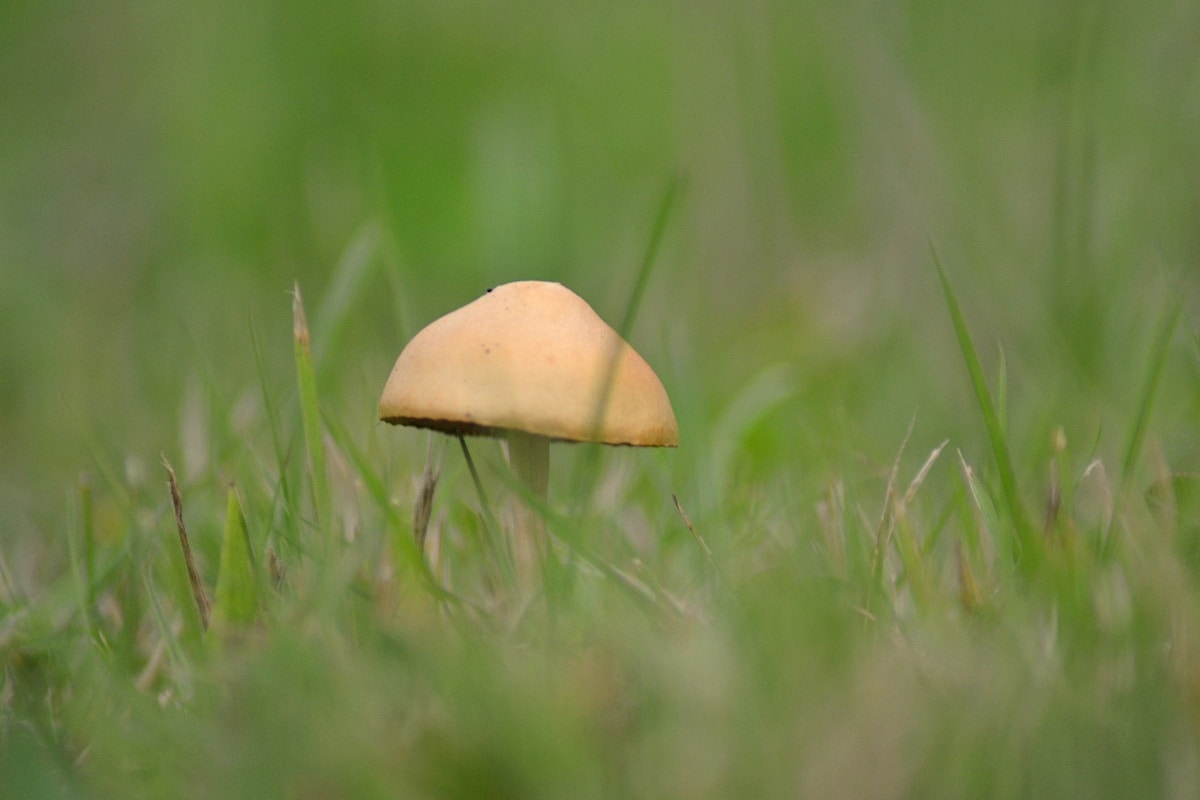
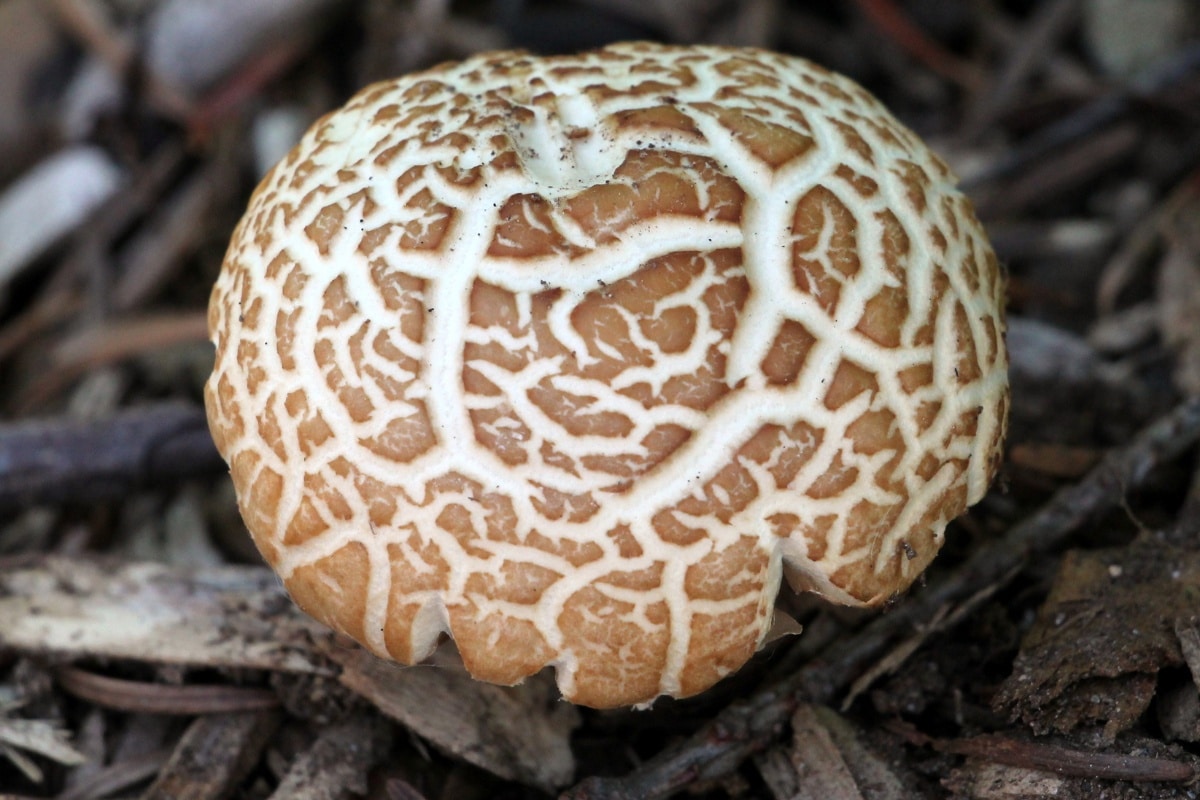
Identification
Cap
The caps of fieldcap mushrooms usually measure 1-3.5 inches across. They start as bell or bun-shaped and expand to broadly rounded or nearly flat as they age. Young caps feel slightly tacky when fresh but quickly dry out. Their surface is usually smooth (bald), with colors ranging from whitish to yellowish-brown or dark brown. The caps often lighten in color as they age. The edge of the cap might have whitish to yellowish fibers hanging from it – these are remnants of the partial veil.
As field caps age, their caps often develop cracking patterns, especially during dry weather. This feature is more obvious in some species like Agrocybe dura, whose cap surfaces commonly become cracked or fissured with age. It looks like dried, cracked mud.
Gills
Fieldcap mushrooms have gills narrowly attached to the stem (what mycologists call “adnate”) or sometimes with a slight tooth running down the stem. When young, the gills are whitish or pale grayish. They darken to a dull brown as the mushroom matures. The gills are crowded with frequent short-gills that sometimes have slightly whitish edges at maturity.
When the mushroom is very young, the gills are covered by a partial veil. This veil protects the spores of the developing mushroom. As the mushroom cap grows and expands, the veil breaks. Light fibrous pieces of the partial veil may still be visible around the cap edges and as a ring zone on the upper stem. Sometimes, though, almost all remnants of the veil disappear with age.
Stem
The stems are 2-4 inches long and are an equal width throughout. Most species have a whitish stem that might turn brownish with age, especially near the base. Many Agrocybe species have a fragile ring or zone on the stem where the partial veil was attached. There are often white mycelial cords at the base of the stem.
Odor and taste
These mushrooms typically have a distinctive mealy or floury smell and taste. Some species might taste slightly bitter or have no distinctive taste at all.
Flesh color and staining
The flesh is typically white and doesn’t change color when sliced – an important feature that helps separate these mushrooms from some toxic lookalikes that might stain when cut.
Spore Print
Agrocybe species always produce brown spore prints ranging from medium to dark brown.
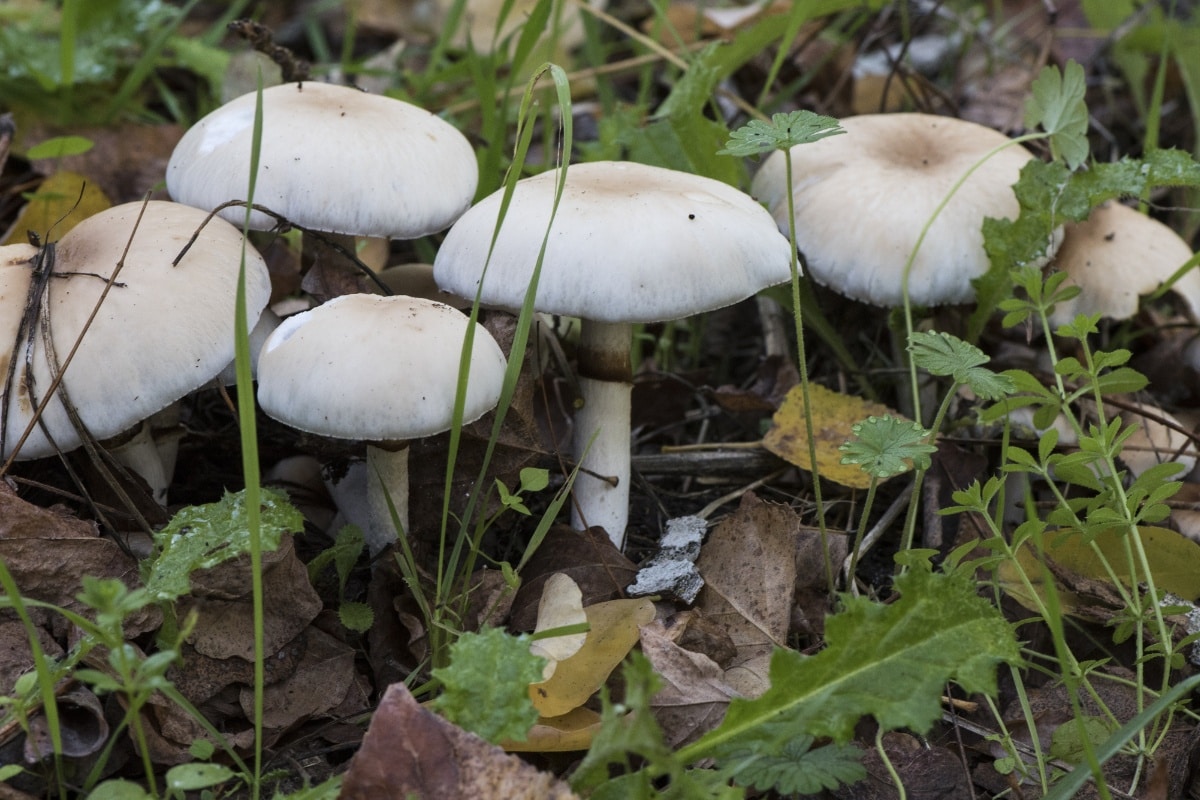
Common Agrocybe Species In North America
North America is home to quite a few Agrocybe species. This is not an exhaustive list, but it focuses on the most common species of fieldcap mushrooms in North America.
Agrocybe praecox (Spring Fieldcap)
The spring fieldcap is one of the most common large urban spring mushrooms you’ll find in North America. These fieldcaps grow in areas with new landscaping that contains mulch, wood chips, or woody debris. The cap grows up to 3.5 inches wide and starts out yellowish-brownish, then matures to a light tan or honey color. It often has veil remnants around the edge of the cap.
The stem is 1.5 to 4.75 inches long with a fragile ring around the upper portion that darkens with age. With maturity, the ring may disappear. The gills start out pale and then transition from grayish to brown. These fieldcaps appear in early spring to summer and have a mealy odor.
While the spring fieldcap is technically edible when thoroughly cooked, it’s generally considered of very poor culinary quality due to its bitter taste. Most field guides recommend avoiding this mushroom altogether.
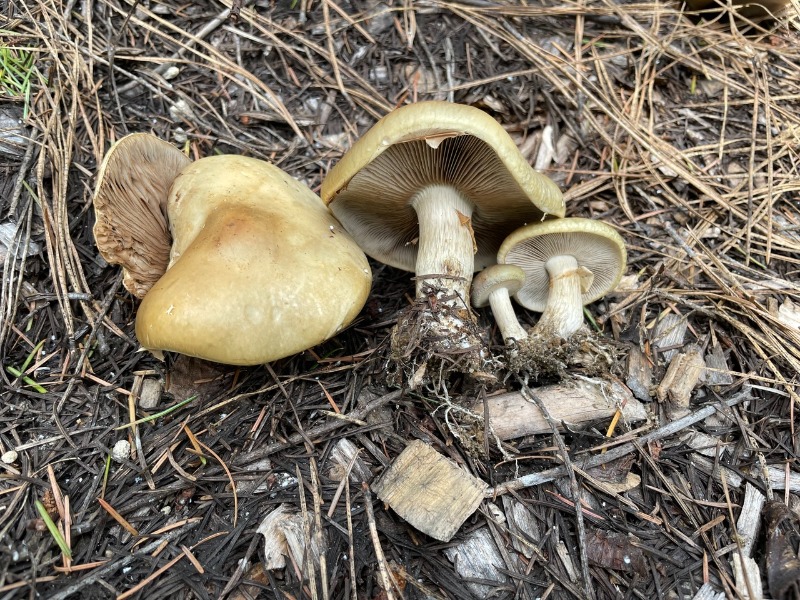
Agrocybe pediades (Common Fieldcap)
The common fieldcap grows in grass areas, lawns, and places like pastures and roadsides. It is a small mushroom with a cap 0.4 to 1.4 inches across. The cap starts out cone-shaped, then becomes broadly rounded to flat with age. It has a smooth, greasy surface. The cap color shifts from cream to yellow to tan to brown as it matures. The color also fades to paler shades when dry.
This mushroom has a slender stem that is 0.8 to 2 inches long and is whitish to pale ochre-yellow. The stem does not have a ring, and there are often fine white rhizomorphs at the base.
Agrocybe pediades is generally considered not edible. It can be easily confused with several poisonous brownish mushrooms, such as Hebeloma mesophaeum. Its small size and thin flesh also make it impractical for eating. This mushroom appears primarily in summer throughout North America.
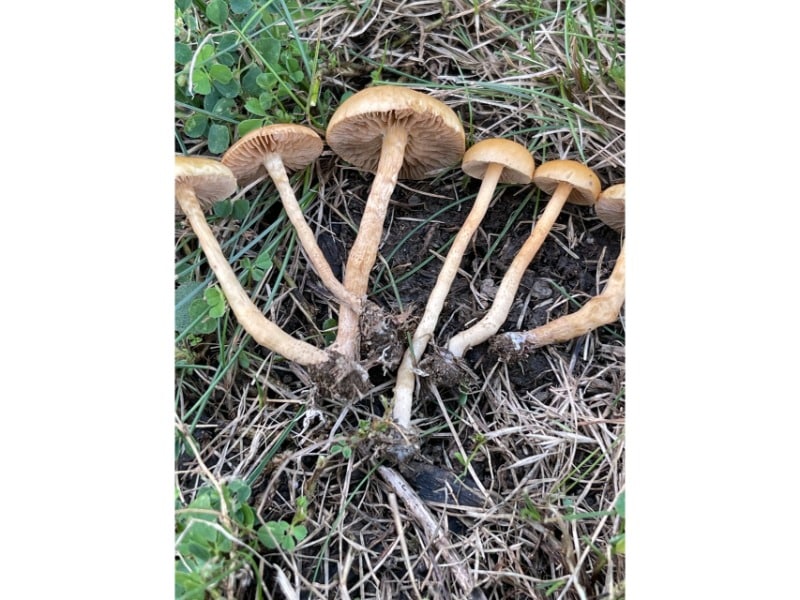
Agrocybe dura/Agrocybe molesta (Bearded Fieldcap)
The bearded fieldcap has a medium-sized cap, 1-3 inches across. It starts out bell-shaped and then flattens with age. The cap is whitish to pale yellowish cream. It often develops distinctive cracks as it matures.
The stem is 2-4 inches long and has a fragile white ring around its upper portion. This Agrocybe species grows in lawns, grass areas, and gardens during late spring and early summer.
This mushroom is considered edible when thoroughly cooked. But it’s generally regarded as being of poor quality and not worth the effort.
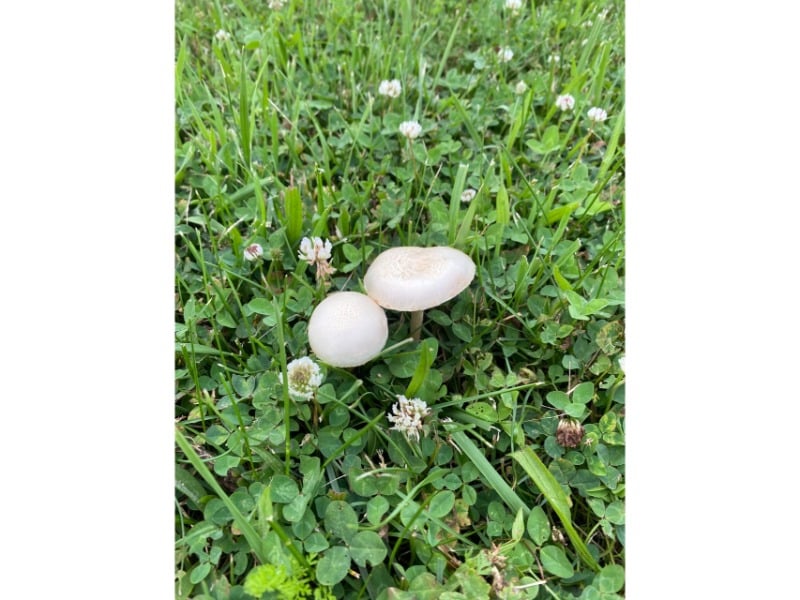
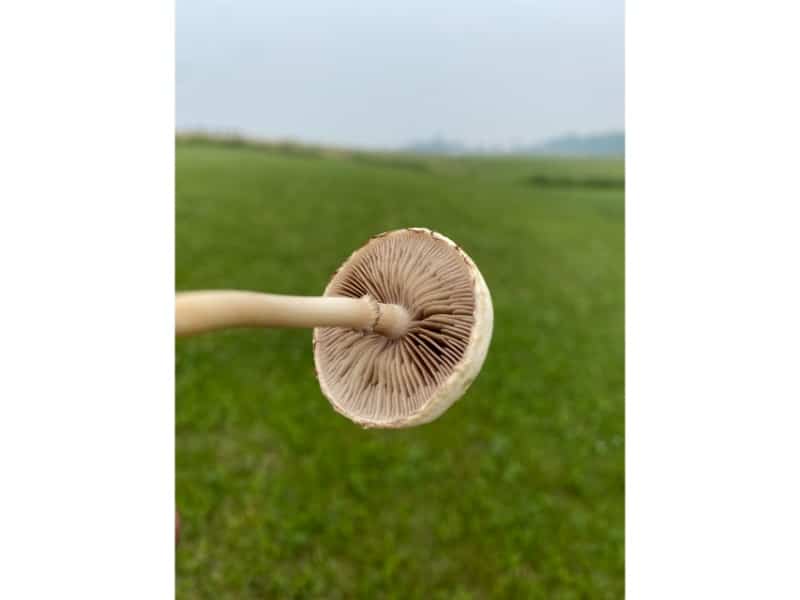
Agrocybe acericola (Maple Agrocybe)
The maple agrocybe has a brownish-yellow cap measuring 0.6-2 inches in diameter. With age, the cap turns dull brownish-yellow with a yellow-brown center. The gills start whitish and then turn dull grayish-brown. The maple Agrocybe has a mealy odor and taste.
The stem is 1.5-4 inches long and has a distinctive, high, thin, white ring around it. The ring flares upward initially, and with age, the upper edges turn brown.
This mushroom grows on or near rotting logs or debris in hardwood forests. It appears in spring and early summer throughout the midwestern and eastern United States. There is no known edibility information for this mushroom.
In the western US, the maple Agrocybe has a twin, but it is a different species, Agrocybe biological species II.
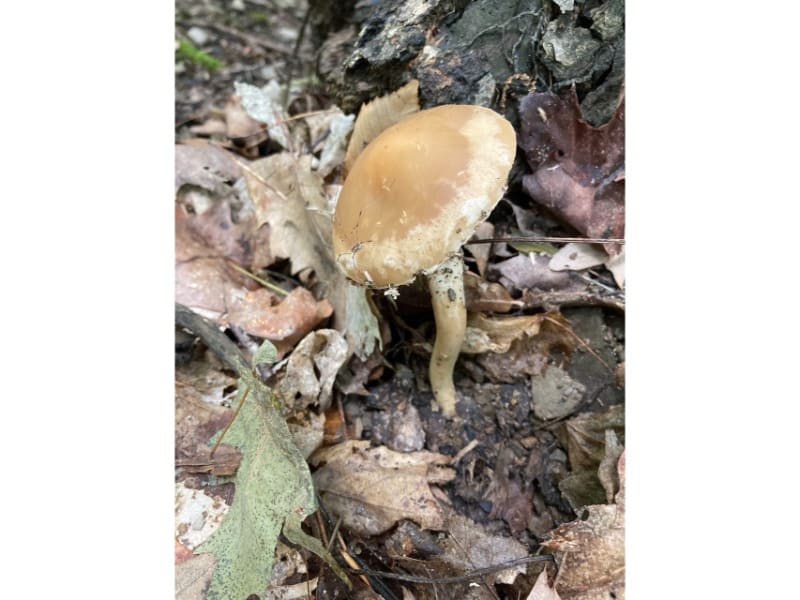
Agrocybe firma
Agrocybe firma grows specifically on the deadwood of hardwoods. It usually fruits in dense clusters, as well. It has a bell-shaped cap that matures to nearly flat. The cap is typically brown to tan, much darker than other Agrocybe species, with a dry surface.
The stem is 2-4 inches tall and fibrous. The stem is a key feature of this mushroom. It has small fibrils that change from white to brown and form indistinct lines going down its length. Sometimes, remnants of the partial veil are visible around the upper stem. Information about A. firma’s edibility is limited.
This fieldcap mushroom is widespread east of the Great Plains and uncommon, but not unknown, from California and the PNW.
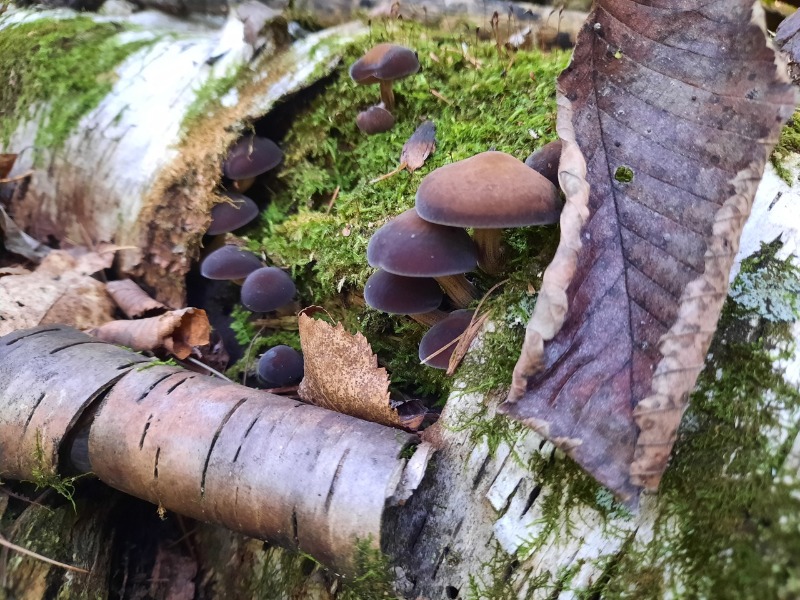

Agrocybe paludosa
This is a small to medium-sized mushroom found growing on moss in marshes, spring run-off areas, and wet places. It has a hygrophanous cap that’s yellowish-brown when moist and beige when dry. The cap grows up to 3.5 inches in diameter. This mushroom has a slender stem and gills that are initially pale grayish before turning brown with age. The edibility of Agrocybe paludosa is generally unknown or questionable.
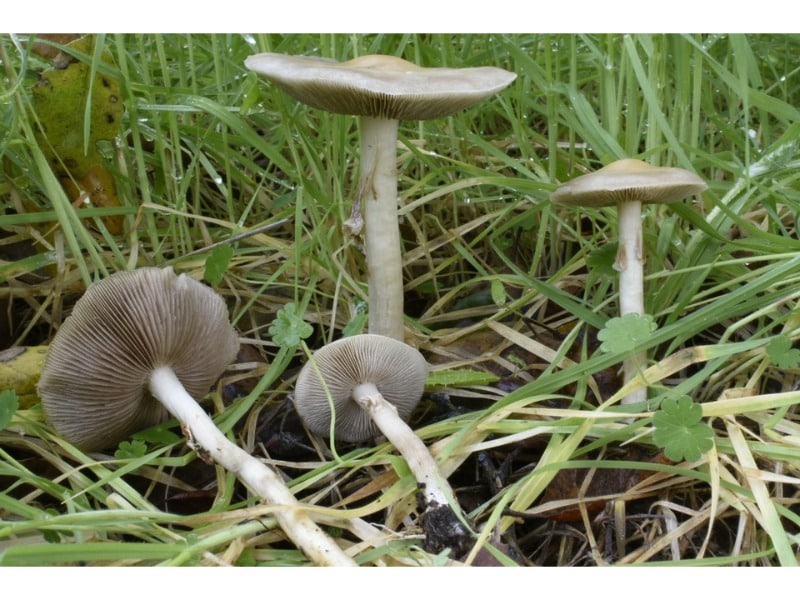
Cyclocybe Species in North America
Recent DNA evidence has led researchers to reclassify several mushrooms from Agrocybe to the genus Cyclocybe. These species look like fieldcaps but belong to different evolutionary branches. They are being included here because they look so similar and because the reclassification was pretty recent, so many field guides may still be using the Agrocybe name.
Cyclocybe erebia (Dark Fieldcap)
The dark fieldcap grows across North America, it isn’t very common, except in some areas. It is more well-known east of the Rocky Mountains and in the Pacific Northwest. This mushroom’s cap is 1.5-2 inches wide and dark brown. The surface is sticky and often has slight wrinkles. The dark color stays consistent through maturity, unlike other fieldcaps that fade to buff.
The gills extend down the stem with a decurrent tooth, while a delicate white ring circles the stem.
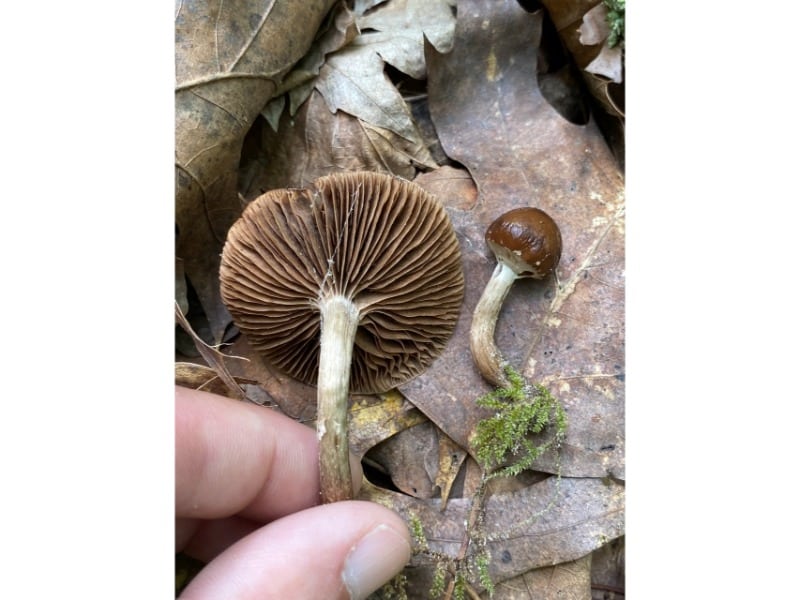
Cyclocybe aegerita (Poplar Fieldcap)
The poplar fieldcap grows on logs and in cavities on poplars and other broad-leaved trees. This edible mushroom is also commercially grown and highly prized.
It has a 1.2-4 inch cap that starts out reddish-brown and then turns light brown with whitish edges. In East Asia, it is used in stir-fries, soups, and hearty stews.
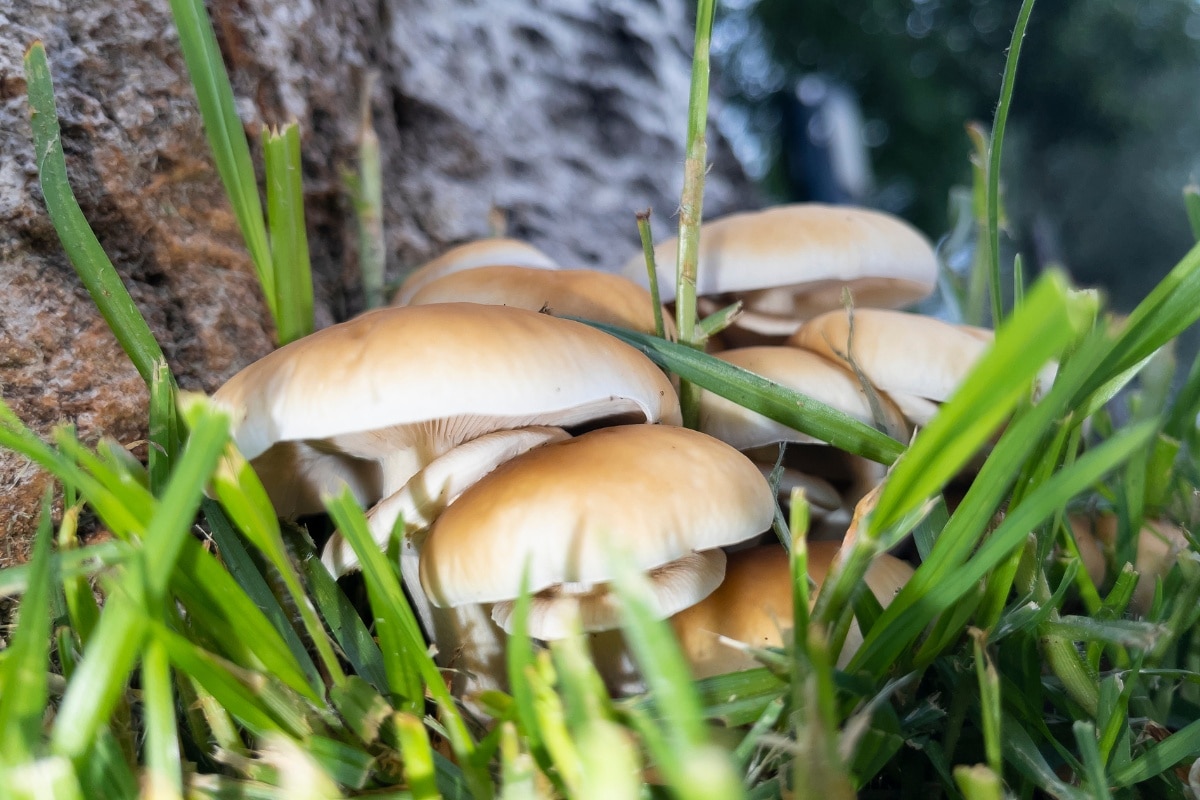
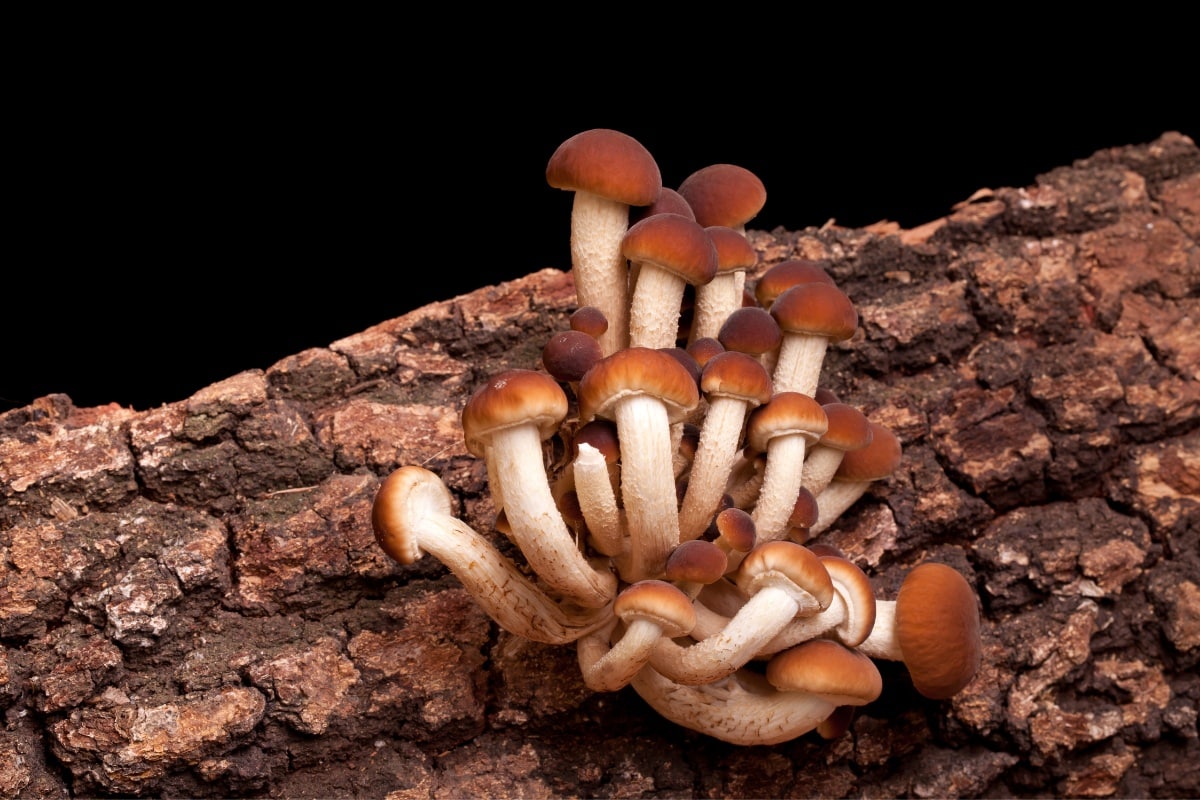
Fieldcap Mushroom Lookalikes
Conocybe
Agrocybe and Cyclocybe species have bell-shaped or nearly flat caps measuring 1 to 4 inches in diameter. Their caps are generally dry, except in some species, and they have a sturdier stature. They often grow on wood or woodchips or in lawns and disturbed ground.
In contrast, Conocybe, like the common conecap, generally have distinctly conical “cone head” caps. They’re also incredibly small, with caps just 0.3 to 1 inch in diameter. These mushrooms are notably more fragile, with very slender stems. Conocybe mushrooms have gills attached to the stem but are not running down it. The gills start pale buff but mature to rusty-brown.
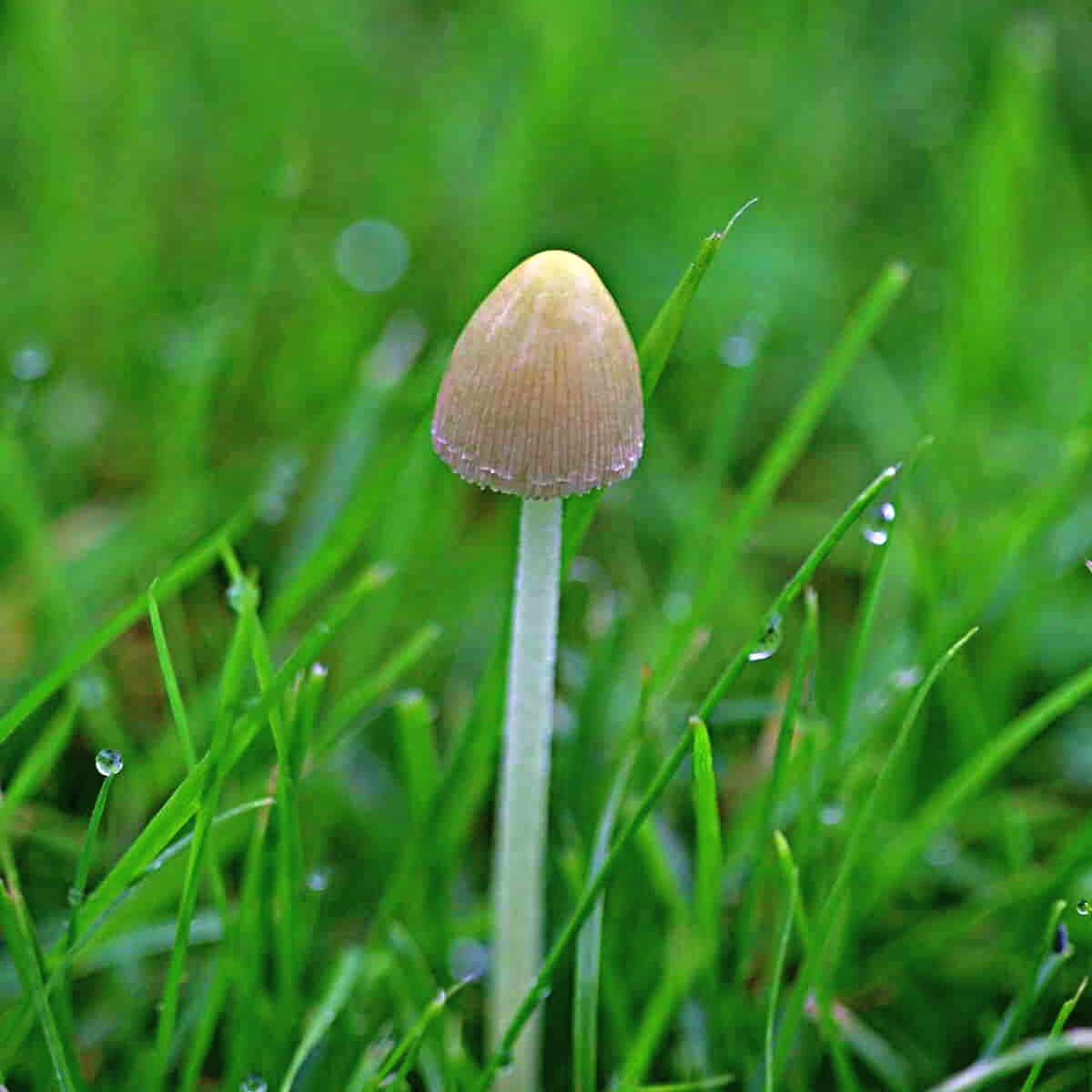
Agaricus
Agaricus mushrooms may look like fieldcaps but they have distinctive pink to chocolate-brown gills. They are also generally larger than most Agrocybe species and stouter. Agaricus mushrooms, like the meadow mushroom, also lack the characteristic mealy odor found in Agrocybe species. Both these species have brown spore prints
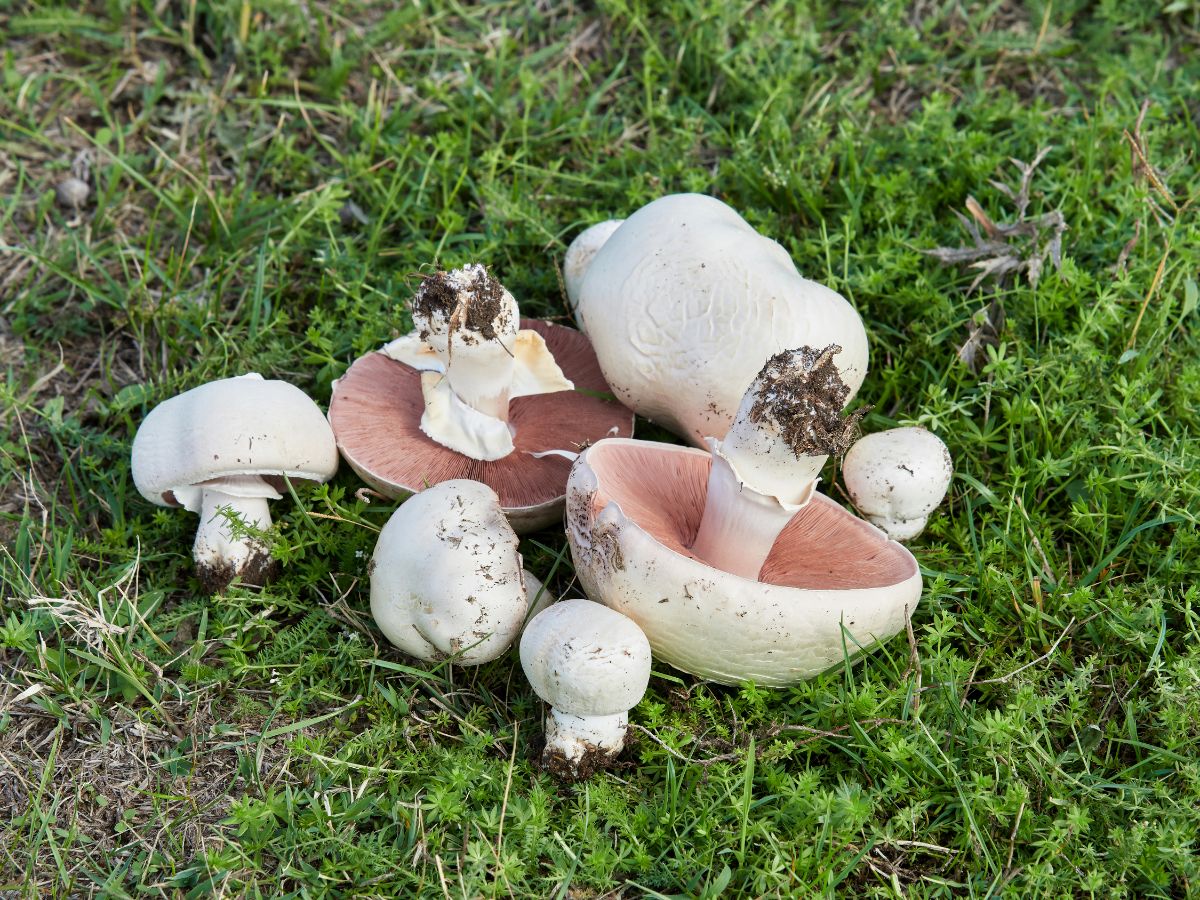
Funeral Bell aka Deadly Marginata (Galerina marginata)
While similar in appearance, the funeral bell grows on fallen logs rather than on the ground or in mulch. Where it grows is a key differentiating factor. It also is ….. As you might have guessed by the common name, this mushroom is extremely dangerous and should be avoided.
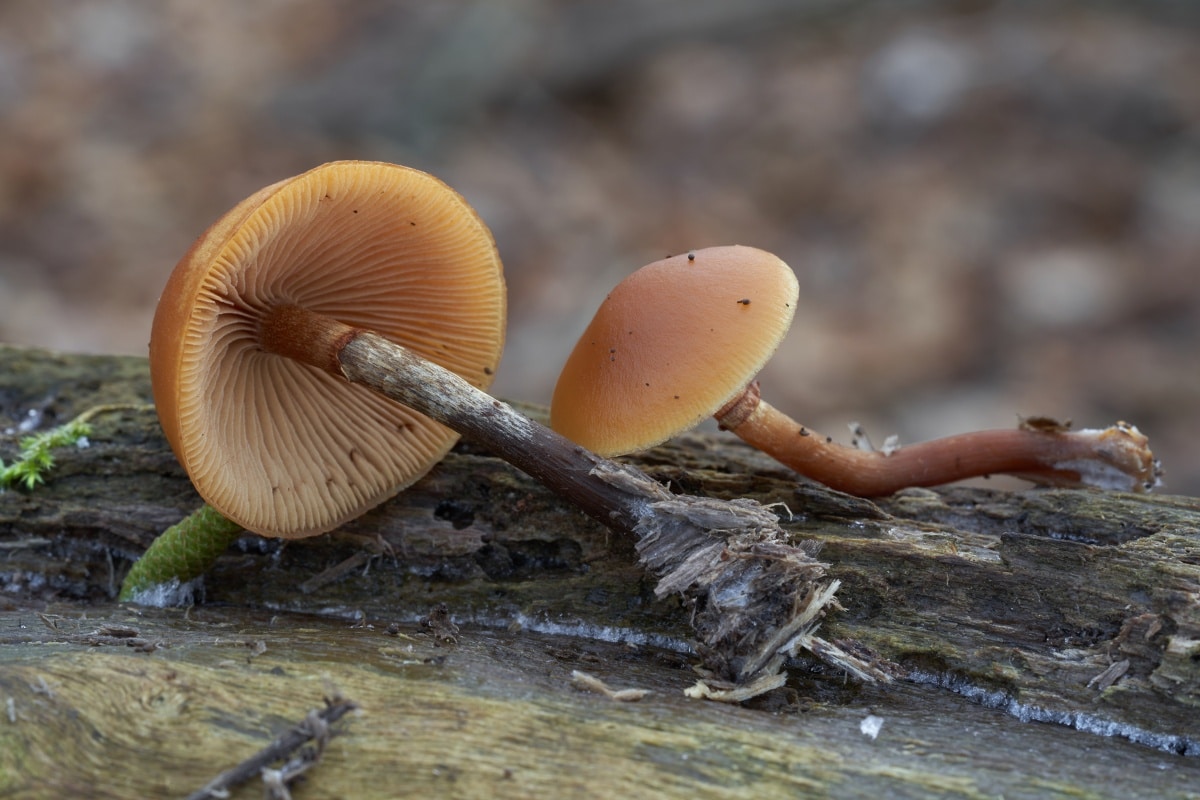
Lawnmower mushroom (Panaeolus foenisecii)
The lawnmower mushroom is small and brown and grows in lawns and mulchy areas, just like fieldcaps. However, it doesn’t have a ring around the stem and is generally a smaller stature. It also starts out with brown gills and these turn darker with age.
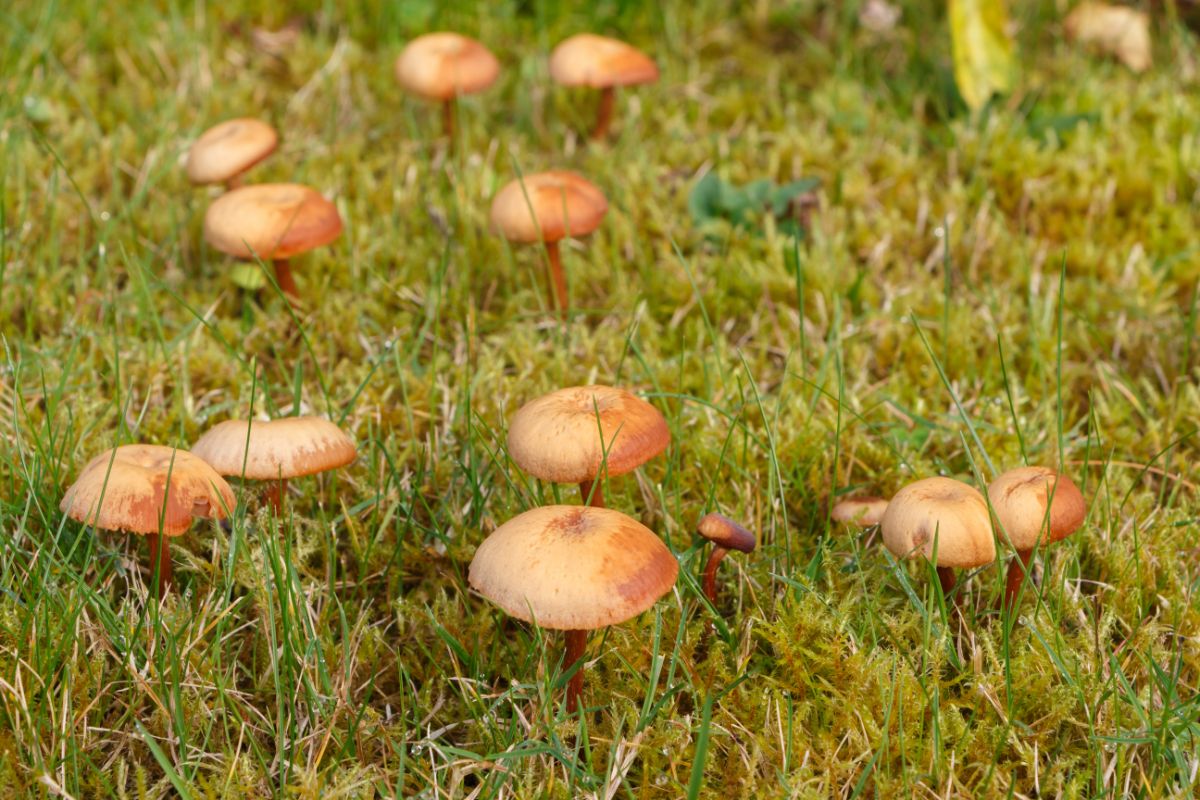
Fairy Ring Mushroom (Marasmius oreades)
Commonly known as the fairy ring mushroom, this mushroom has a buff to tan-colored cap and white gills. It may get confused with fieldcap mushrooms because it grows in the same grassy habitat. It is much lighter than most of the fieldcap mushrooms and does not have a ring around the upper stem.
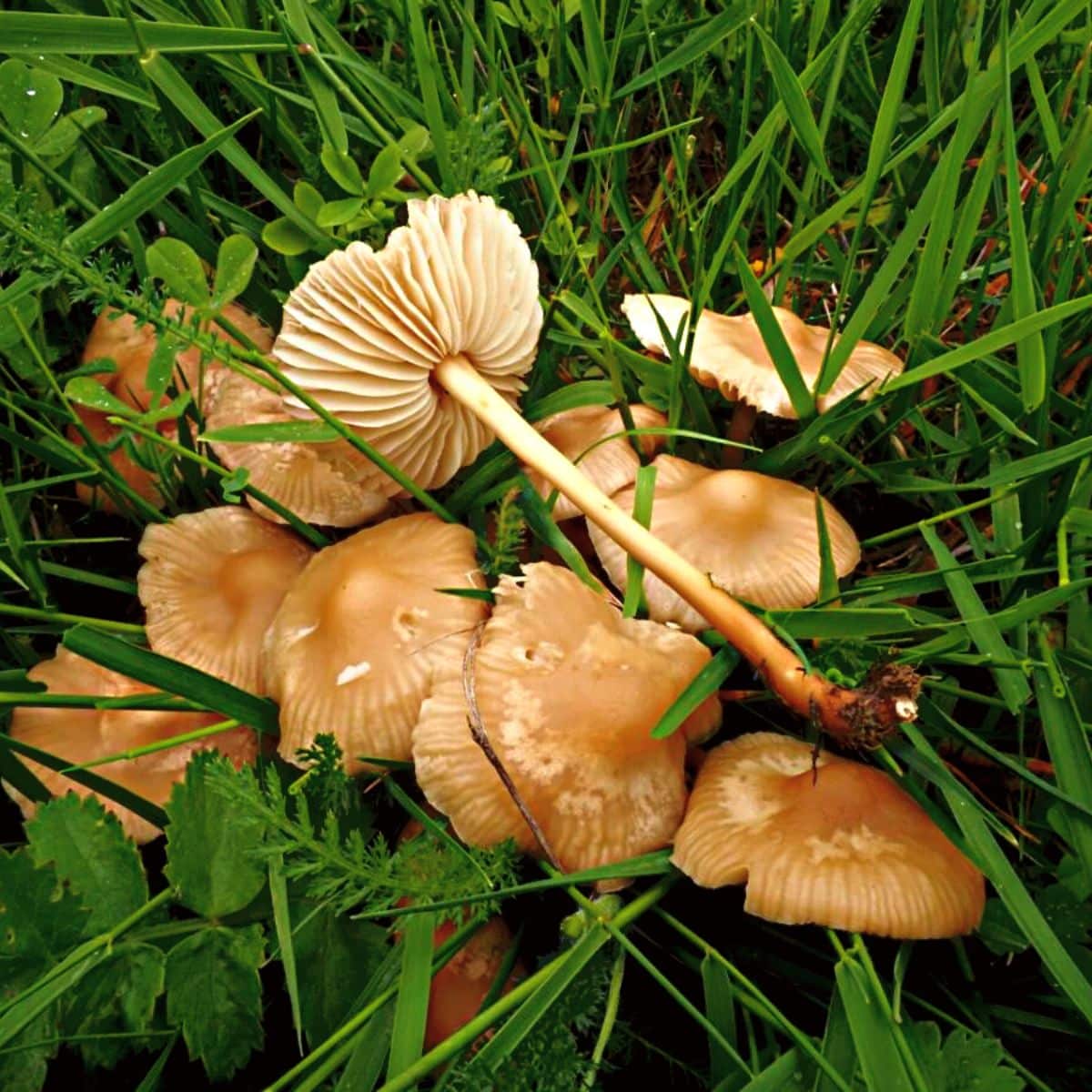
Wine caps (Stropharia rugosoannulata)
Wine cap mushrooms grow in similar environments to fieldcaps but have distinctive burgundy to purplish caps and purple-gray gills. However, the cap often fades to a dullish brown, and that’s when the confusion happens. The ring around the upper stem of the wine cap mushroom is cogwheel-like and quite different from the fibrous rings in Agrocybe or Cyclocybe species.
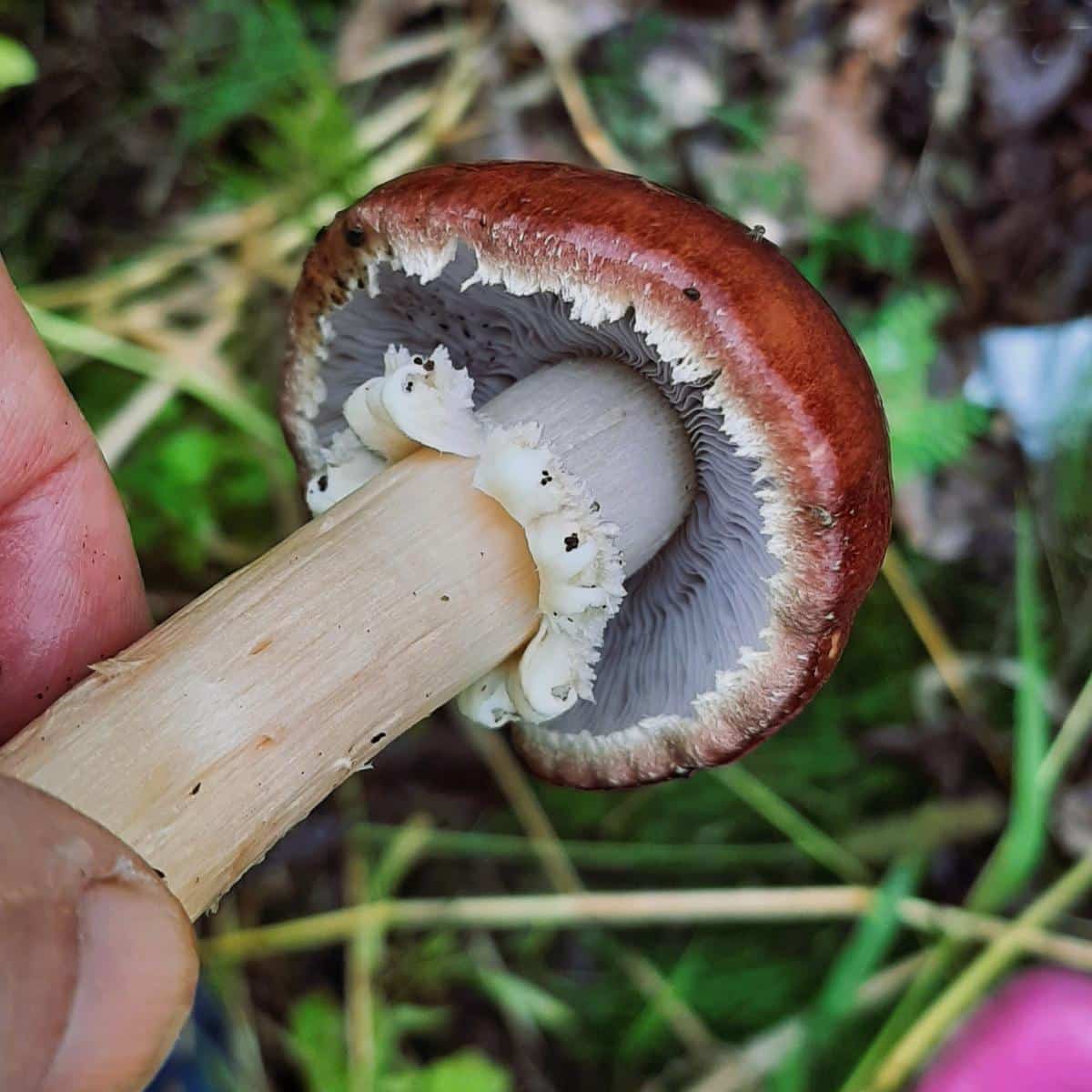
Fieldcap Mushrooms Edibility
Cyclocybe aegerita (previously known as Agrocybe aegerita) is the most well known and enjoyed edible species. It is grown commercially in Japan and Australia. People love the rich, nutty taste of this mushroom.
You can eat several other fieldcap mushrooms, but experts disagree on how good they taste. Agrocybe praecox (spring fieldcap) is safe to eat but doesn’t have much flavor. Agrocybe dura and A. pediades taste better when picked young because they have better texture and flavor.
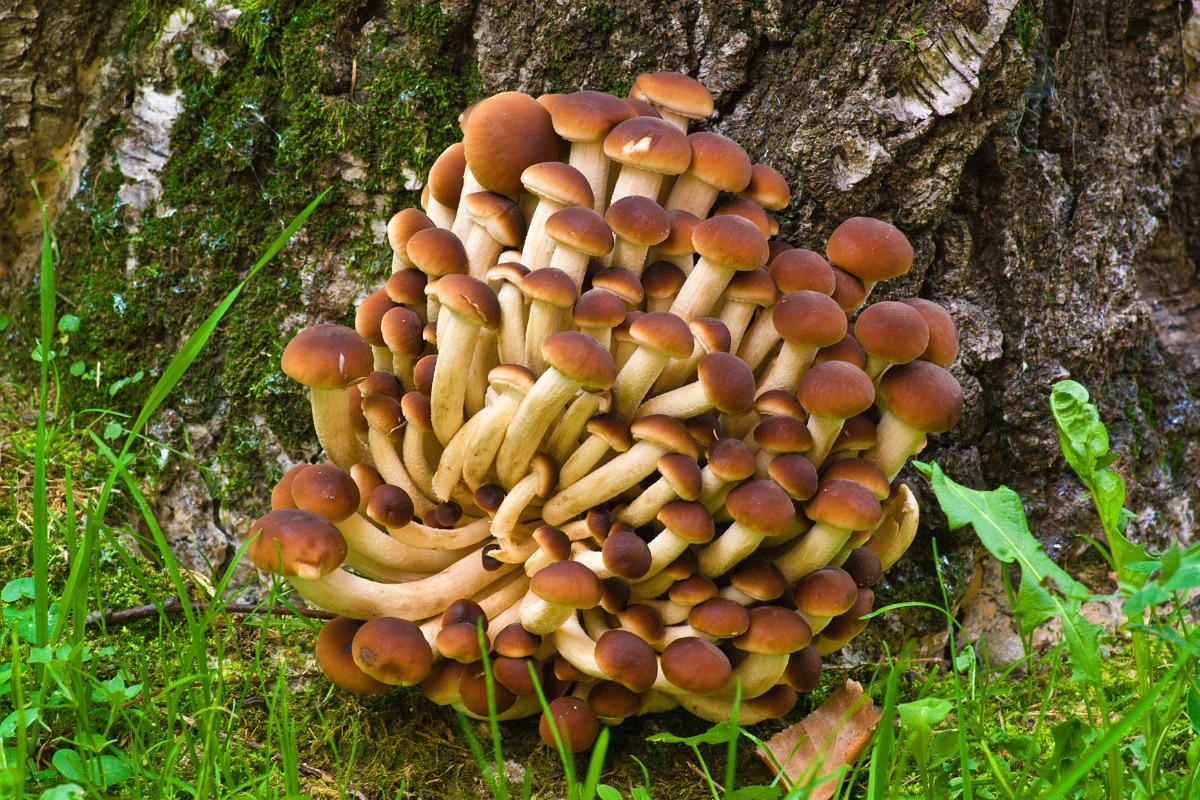
Common Questions About Fieldcap Mushrooms
Are fieldcap mushrooms safe to eat?
Some fieldcap mushrooms are edible, but not all of them. You need to determine the species to figure out if it is an edible one or not.
When is the best time to find fieldcap mushrooms?
Fieldcap mushrooms are most abundant in late spring through early summer. Many species, like Agrocybe praecox, appear prolifically in urban areas after spring rains. They often fruit from mulched beds or woodchips in landscaped settings.
Are there any hallucinogenic fieldcap mushrooms?
The majority of fieldcap mushrooms are not hallucinogenic. However, one species, Agrocybe farinacea, found in Japan, has been reported to contain psilocybin. This is rare within the genus, and most Agrocybe species do not have psychoactive properties.

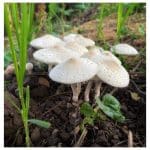
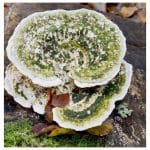
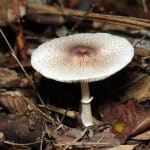
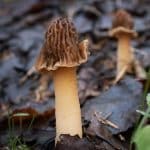
Leave a Reply